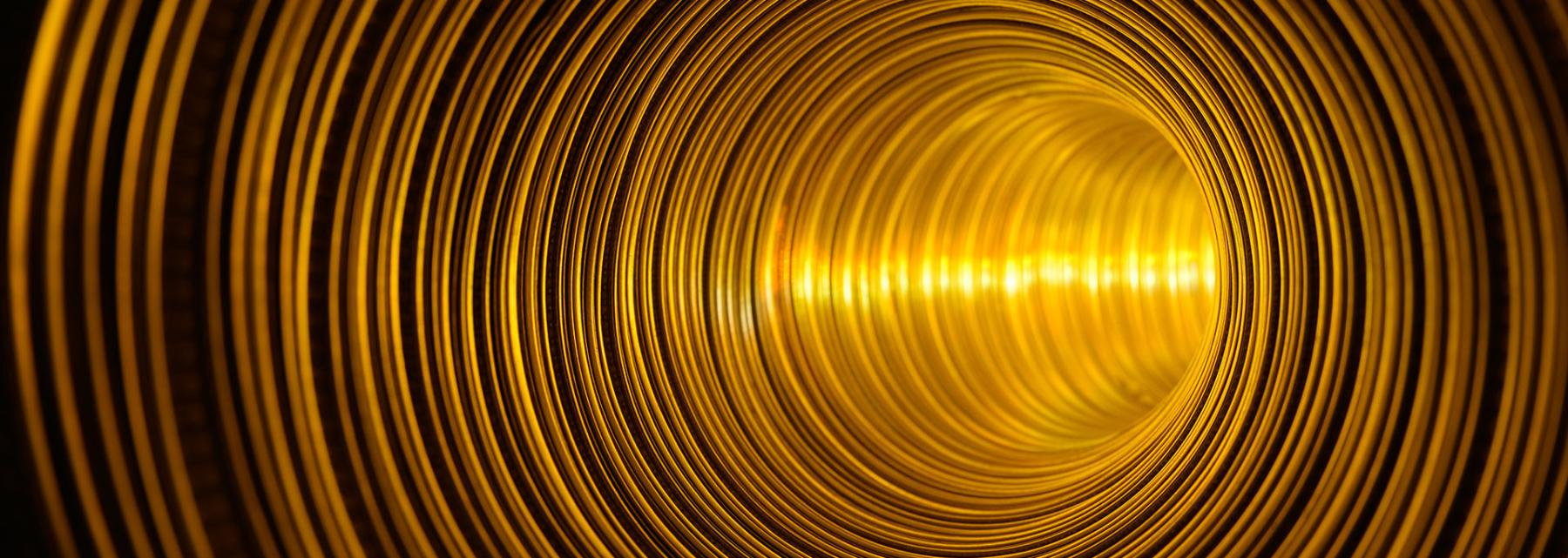
Longitudinal and Transverse Waves
by Cassandra Cordts
In this creative lesson, students will use a slinky to model two types of waves: longitudinal/compression waves and transverse waves. Through class exploration, students will first practice making the motion/shape of each wave and then explore how different speeds change the wave. This lesson proceeds a lesson where students find, measure and calculate the velocity of a wave they create. At the end of this lesson, students will be able to define and identify compression/longitudinal and transverse waves and identify the key components in a wave.
Lesson Grade Level
8th GradeLesson Plan Link/URL
https://docs.google.com/presentation/d/1ulrhuRXtpE3D6LmK1XK_85oETfmxAtuS/edit?u…Related Content

Grades:
Kindergarten, 1st Grade, 2nd Grade, 3rd Grade, 4th Grade, 5th Grade, 6th Grade, 7th Grade
Designed for three hour-long STEAM Club meetings for scholars from kindergarten - fourth grade. This lesson plan can also be used for fifth-seventh grade scholars. Scholars will learn about

Grades:
9th Grade, 10th Grade, 11th Grade, 12th Grade
This lesson is an introduction to a unit on the light and transverse waves. It can be utilized during a unit or at the beginning as an exploration. Students m easure the speed of light in a medium

Grades:
4th Grade
In this STEM Challenge, the student’s task is to build a car that is powered only by the force (push or pull) of a pair of magnets. Students experience push and pull first-hand as they construct their

